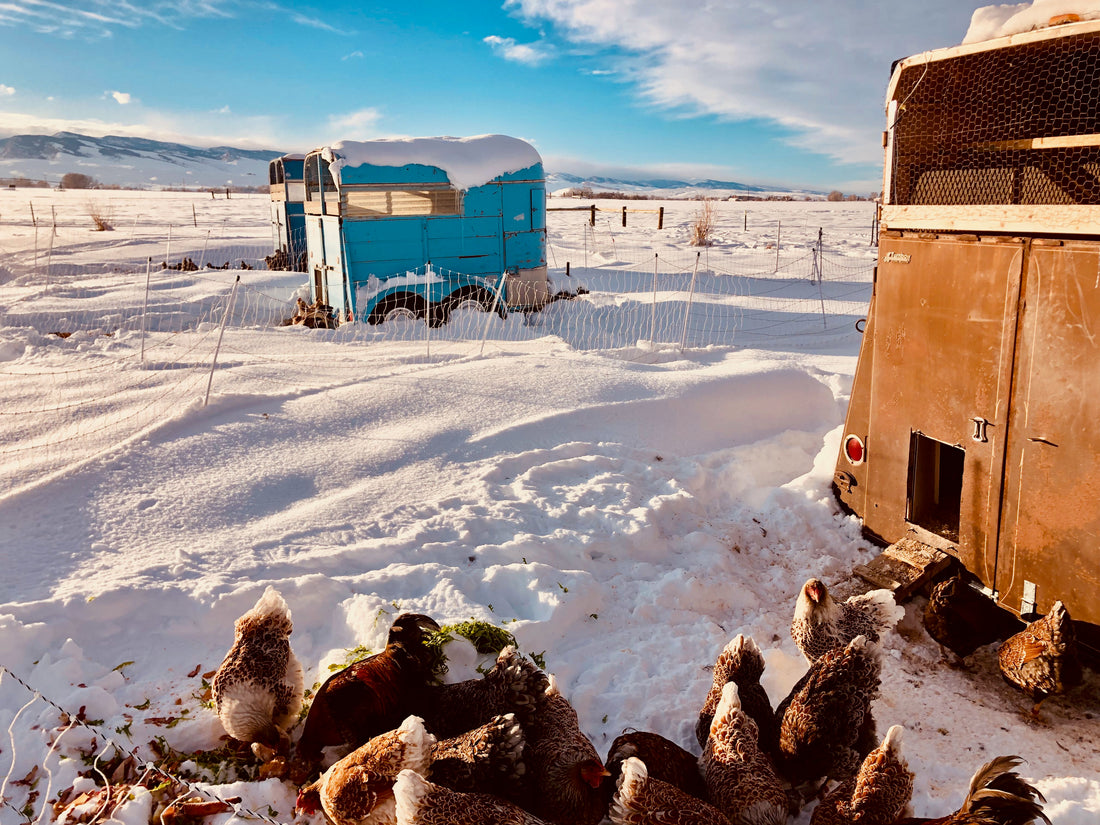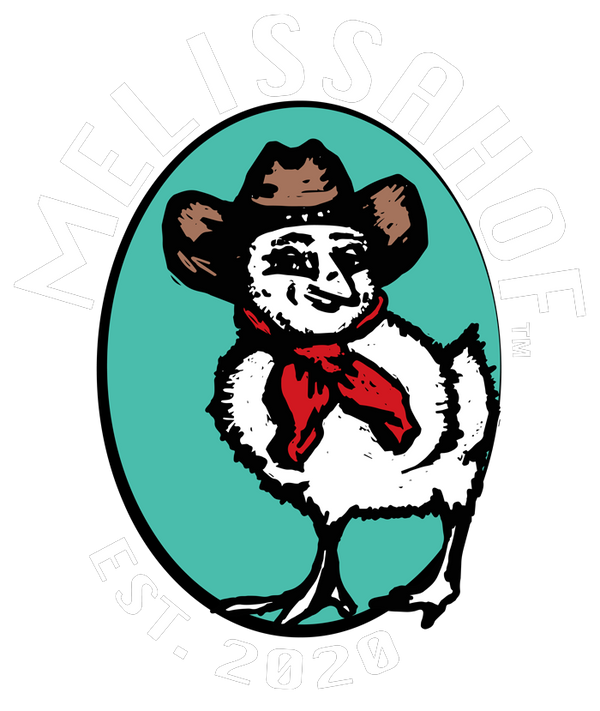
Pro Tips for Winter Poultry Care
Share
Supplemental Lighting

Laying hens require 14-to-16 hours of daylight per day to cycle an egg. To maintain eggs in lay during the short days of winter, add supplemental lighting to their coops. To do so, install a bright 60-watt lightbulb on a timer. Set the timer to turn on before sunrise to extend their day in the early morning hours. This allows them to have a natural sunset to find their perch and settle in for the night.
Enclosed Heated Waterers
For power efficiency and to maintain clean water, use enclosed heated waterers to ensure the chickens always have access to fresh, open water.
Nest Box Heat Mat
Here in Wyoming, winters can be bone-chilling cold. So cold that the eggs, when removed from the heated nest boxes, freeze solid in the egg basket on the way to the house! To prevent eggs from freezing before you collect them, install heat mats in the egg tray of your nesting boxes.
Pro Tip: For power efficiency, plug the meat mats into a thermostatically controlled outlet adapter. You can plug in the heated waterer into the same adapter.
Keep Coops Ventilated
Coop ventilation, even in winter, prevents moisture condensation and poor air quality due to ammonia. Additionally, high moisture in cold weather can cause frostbite.
You can:
- Partially open a south-facing window.
- Install roof vents to allow moisture and stale air to naturally leave the coop.
- Open a door or window on warm, calm days.
Pro Tip: Melissahof coops are designed according to Woods' Fresh-air Poultry House principles.
Dust Baths

The frozen ground and snow limits dust bathing as chickens do in the dirt in the warm season. To help chickens clean themselves in the winter, give them a pan of wood ash. You can add some diatomaceous earth to the pan, as well. Both naturally repel mites and lice from the chickens' feathers.
Pro Tip: If you heat with wood, use ash from your wood stove for your chickens' dust baths. You can also ask friends to let you empty their wood stove ash buckets.
Scoop the Poop
Chicken manure is 70% water. Regularly clean out manure and change soiled bedding to lower moisture, and ammonia, inside the coop. When daytime temperatures do not rise above freezing for weeks, which freezes manure solid, layer fresh dry bedding on top until there's a thaw when you can scoop out the whole lot.
Pro Tip: Ask your local cabinetmaker if you can pick up their sawdust waste for use as poultry bedding. This is an affordable, and eco-friendly, way to source bedding. Then, after you clean out your coop, compost the sawdust and chicken manure mixture to use as fertilizer in your garden.
Feed Hay

Snow is cold on chicken feet! Chickens can lose over 25% of their body heat through their toes. After each snowfall, spread some hay as a door mat outside of the coop's pop hole. This gives them footing in the snow. They'll soon be outside happily sunning themselves and eating the hay. The dry forage adds nutrients to the chickens' winter diet.

